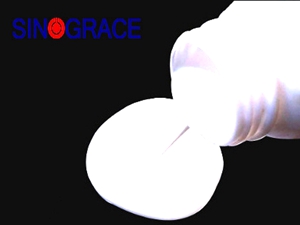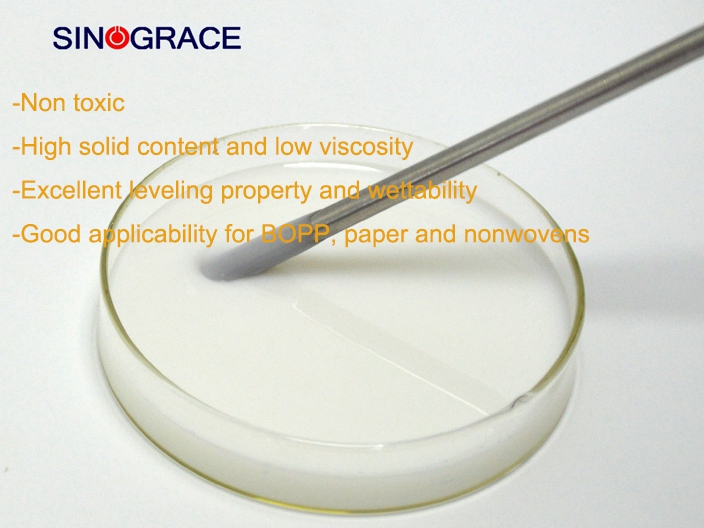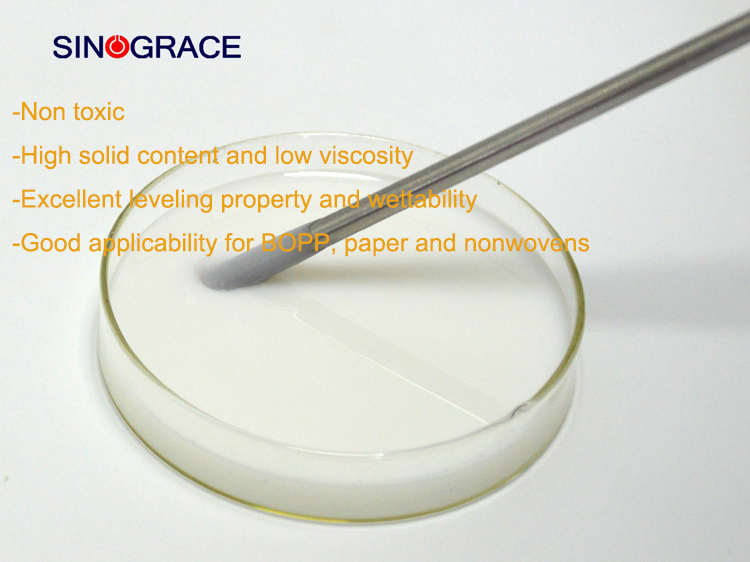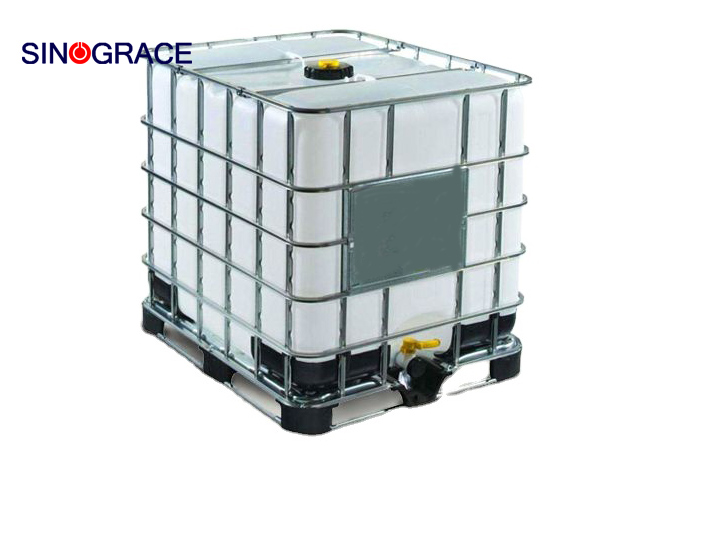Why choose water-based laminated adhesive?
New environmental protection water-based laminated adhesive 1.This new environmental protection water-based laminated adhesive does not contain any organic solvent, has passed the international certification SGS, so it is non-toxic, there is no flammable, explosive danger, please rest assured that the manufacturers in the industry use. 2.Water-based laminated adhesive does not contain toxic heavy metals, in line with the international trade in the relevant packaging laws and regulations. Therefore, the relevant manufacturers do not have to worry about the use of this kind of laminating glue, pollution of the environment, in violation of packaging laws and regulations. 3.For the original use of solvent-based adhesive manufacturers, do not need to replace the laminating machine, water-based laminating glue can be used on the solvent-based laminating machine, so that the relevant manufacturers have no worries, can not replace the adhesive and replace the laminating machine, and in addition to invest a sum of money and worry. 4.For difficult to stick ink, such as black, brick red printed matter, can be used dry coating, general color printing matter, can be used wet coating, coating speed is fast and save electricity, that is to improve efficiency, but also a good way to save cost. 5.We recommend the new adhesive adhesion and durability, moisture resistance, heat resistance, cold resistance are far more than solvent coated adhesive, belongs to high efficiency, energy saving, environmental protection, economic innovation products, fill the domestic gap, the international leading level. 6.Water-based laminating adhesive can also be used for BOPP, PET, coating and other plastic film and paper printing bonding, the application range is also wider. The use of new water-based adhesive film is the general trend, but also has huge social benefits. Water-based film adhesive in the process of use, no solvent volatilization, safety, environmental protection, do not cause harm to the health of production personnel. The use of water-based laminating adhesive for laminating processing, the comprehensive cost is reduced, has good economic benefits. For such an advanced water-based adhesive value we recommend, also hope that the relevant manufacturers use this kind of laminating adhesive as soon as possible.
read more

 English
English français
français русский
русский español
español العربية
العربية








